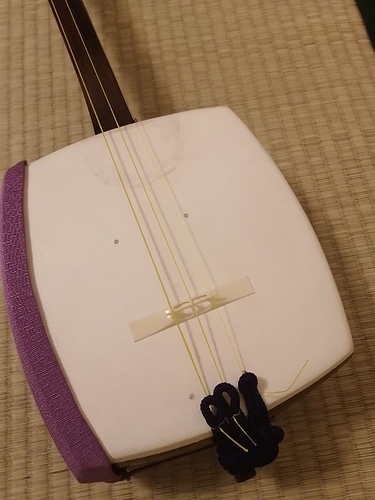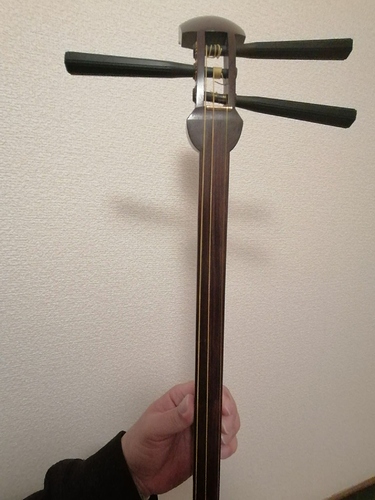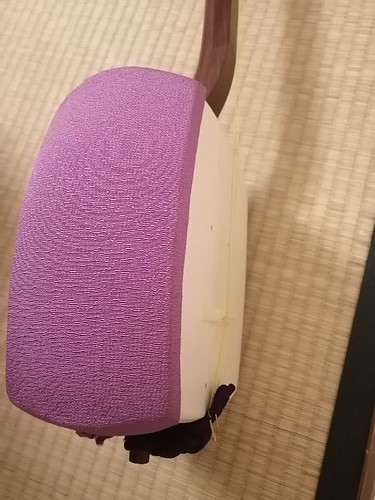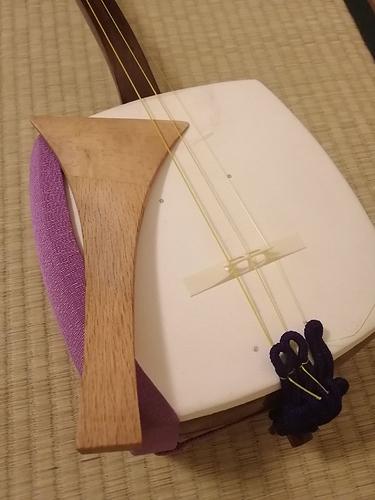Hello guys, brand new here! Sorry if I posted in a wrong section.
I have some issues lol i don’t really know anything about music, 3 years ago i moved to Kyoto and after a while I got in love with the shamisen " i cannot get out from my mind the Rokudan" lol so few ago a friend left japan and he bought me a Sanshin 三線 i like the sound but have started anything tho, so few ago i saw some used shamisen that it’s what I’m aiming, so i found one around $120 is a 細棹三味線 紅木 but seller say that the tenjin has a chip “which i don’t know what it means”, my dear is the drum that i have seen many people seeling shamisen around $50 us with the drum skin broke, so my question is i worth buying this one to start and practice?


 it comes with a Bachi, strings, line finger tip and a small bag.
it comes with a Bachi, strings, line finger tip and a small bag.






